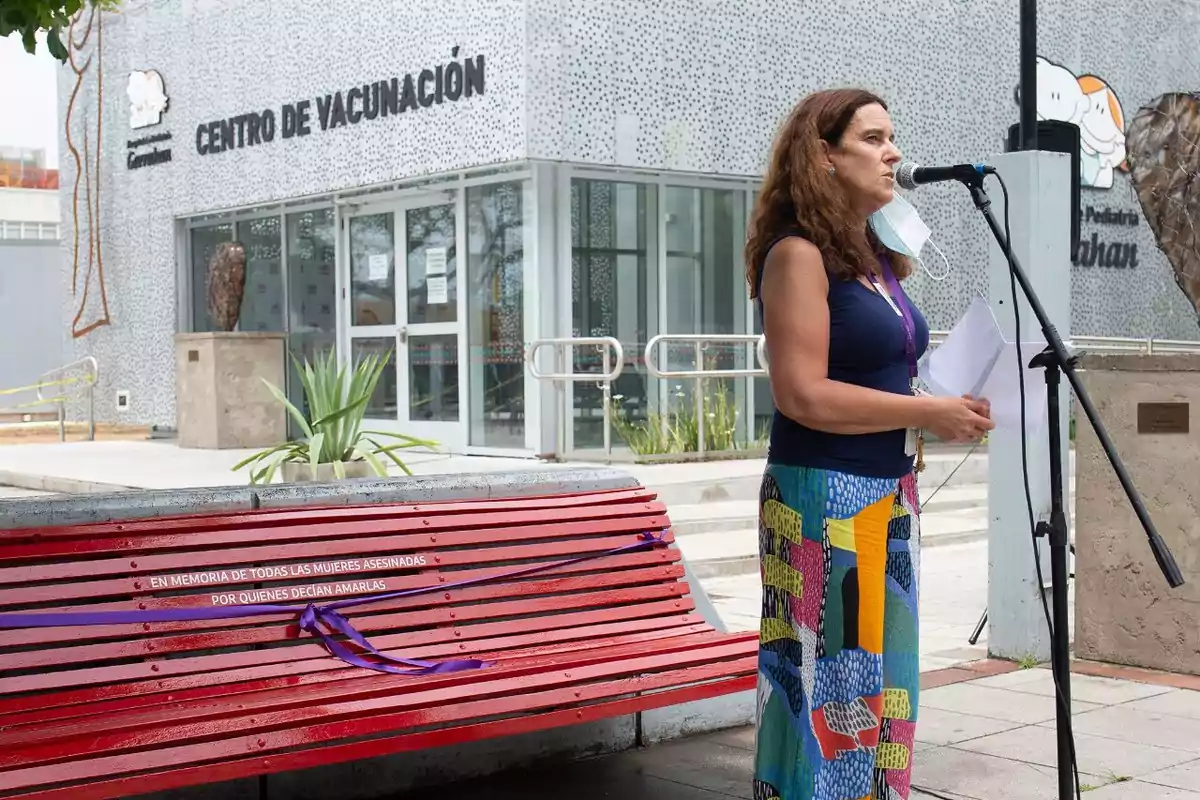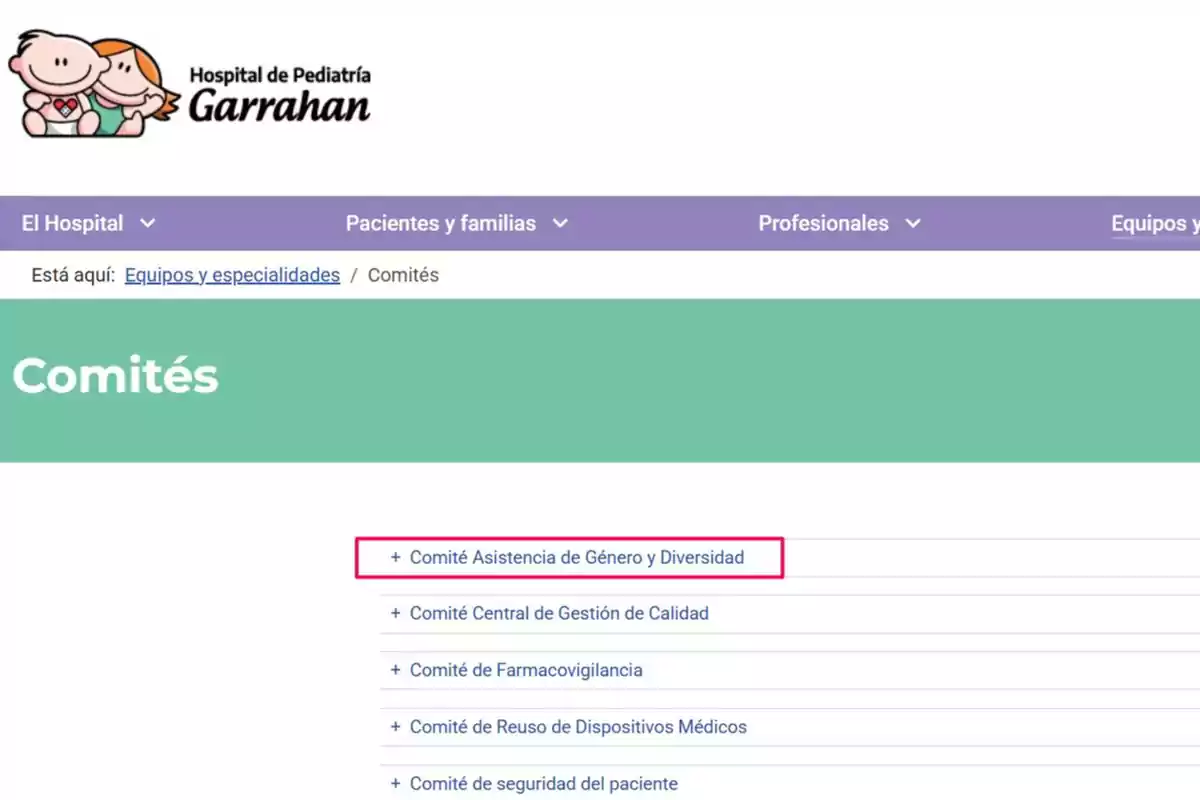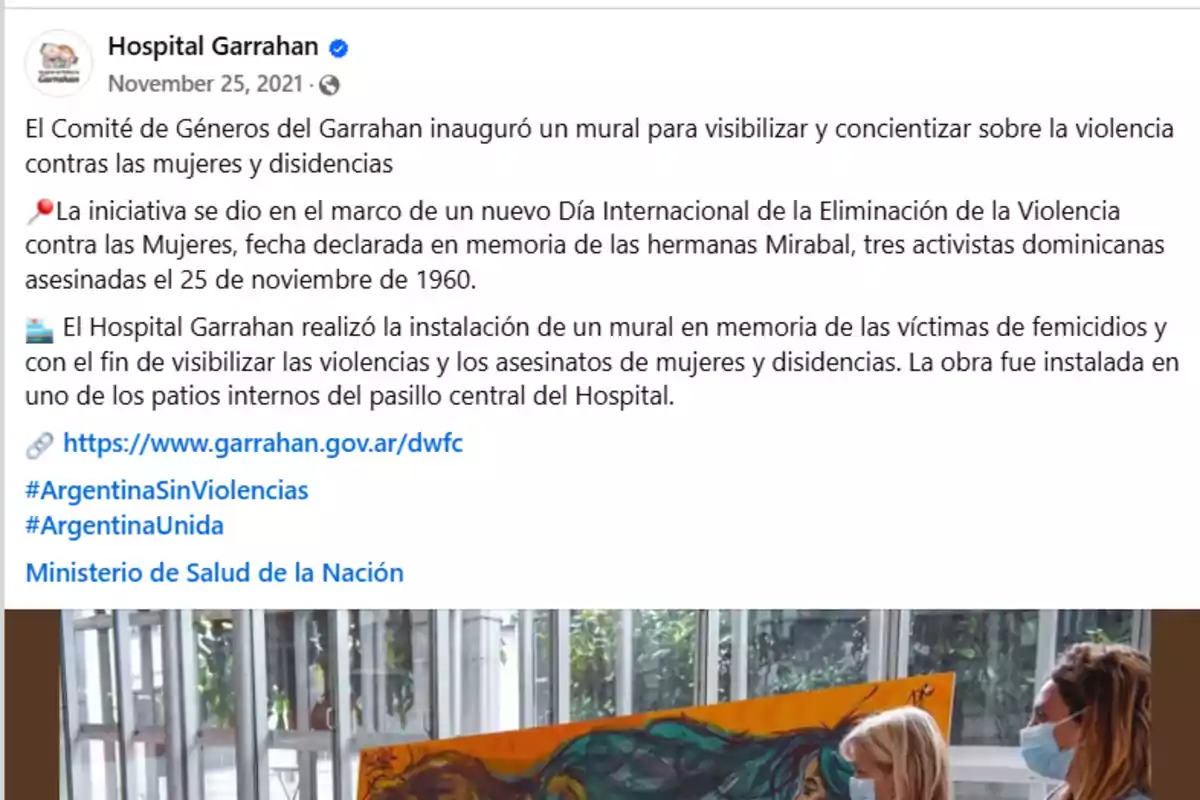
Hospital Garrahan: The outrageous ideological expenses of Kirchnerism have come to light
There are numerous structures funded with public resources that have nothing to do with the care of children
While the unions are demanding salary increases and denouncing a lack of resources, a series of expenses at Hospital Garrahan have come to light that are difficult to justify, linked to the creation of ideological committees and "symbolic" actions unrelated to the healthcare role of the country's main pediatric center.
In recent years, under Kirchnerist administrations, Hospital Garrahan has allocated, and continues to allocate, funds and institutional structure to initiatives that have little or nothing to do with quality medical care.
Among them, the formation of committees such as the "Gender and Diversity Assistance" and "Different Sexual Development" committees stands out, spaces with dozens of members from various medical and non-medical areas, from endocrinology to mental health and social services.

These committees organized activities that caused strong criticism for their lack of hospital relevance and for not even having a logical sense. One example was the inauguration of a mural in one of the hospital's central courtyards, on the occasion of the "International Day for the Elimination of Violence against Women."
A "red bench" was also installed, a symbol of the fight against "femicide." These actions, financed with hospital resources, not only fail to solve structural problems but also do not improve the care of the thousands of children who attend Garrahan each year.
The then president of the Board of Directors, Guillermo González Prieto, promoted the creation of a Gender Unit and a Committee on Women, Gender, and Diversities, publicly defending their usefulness. "It is a source of pride to inaugurate this red bench at Hospital Garrahan," he said at the time, surprisingly.

A "Smoke-Free Hospital Committee" also remained operational, whose main function is to "develop strategies to achieve a smoke-free hospital environment." Paradoxically, the same objective could be achieved with a simple "No Smoking" sign, without the need for a parallel structure.
Nevertheless, as part of the reform process, the government of Javier Milei confirmed that it eliminated the absurd Gender Committee, saving a large amount of money that would have been squandered on these leftist ideological whims.
Meanwhile, at Garrahan there is also a "committee" of doctors and surgeons who are experts in "gender change," funded with public resources and focused on defending and promoting the mutilation of children.

"To support the care of children and adolescents in the process of transitioning their gender identity and aspects related to their sexual orientation, from a perspective of rights, diversity, universality, and equity with people and their families," this Committee explains in its "objective."
Today, as the national government decides to dismantle committees that do not deliver concrete medical results, some sectors of the hospital protest in defense of ideological privileges disguised as health policies.
The elimination of these committees, such as the Gender Committee, is part of an administrative rationalization process. Pediatric care requires responsible budget management, and resources can't be squandered on structures that pursue political rather than medical objectives.
Hospital Garrahan is an emblem of Argentine public health. For it to remain so, it must refocus on what is essential: caring for children. It must not sustain ideological apparatuses without medical or health justification.
More posts: